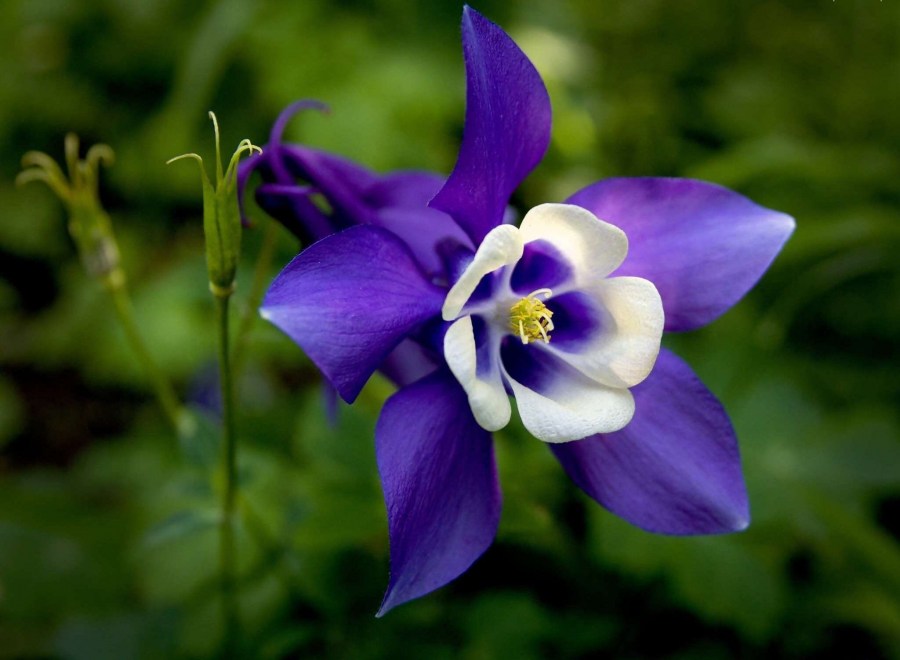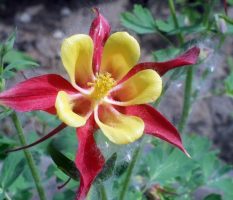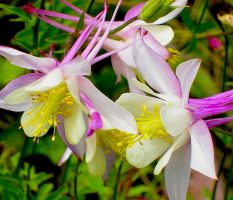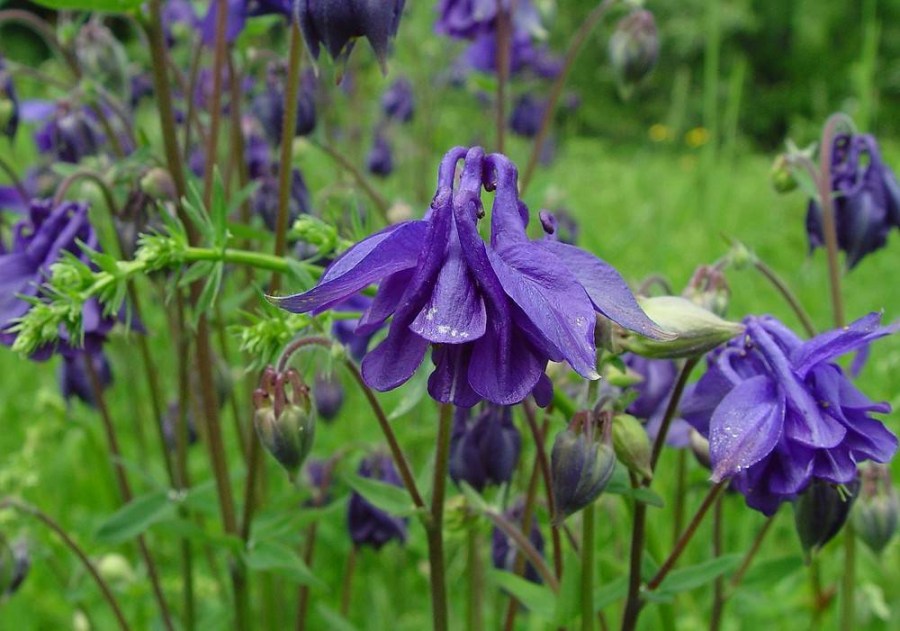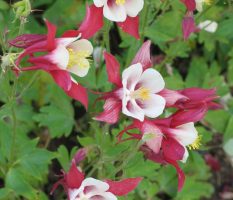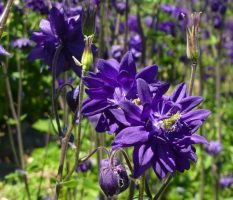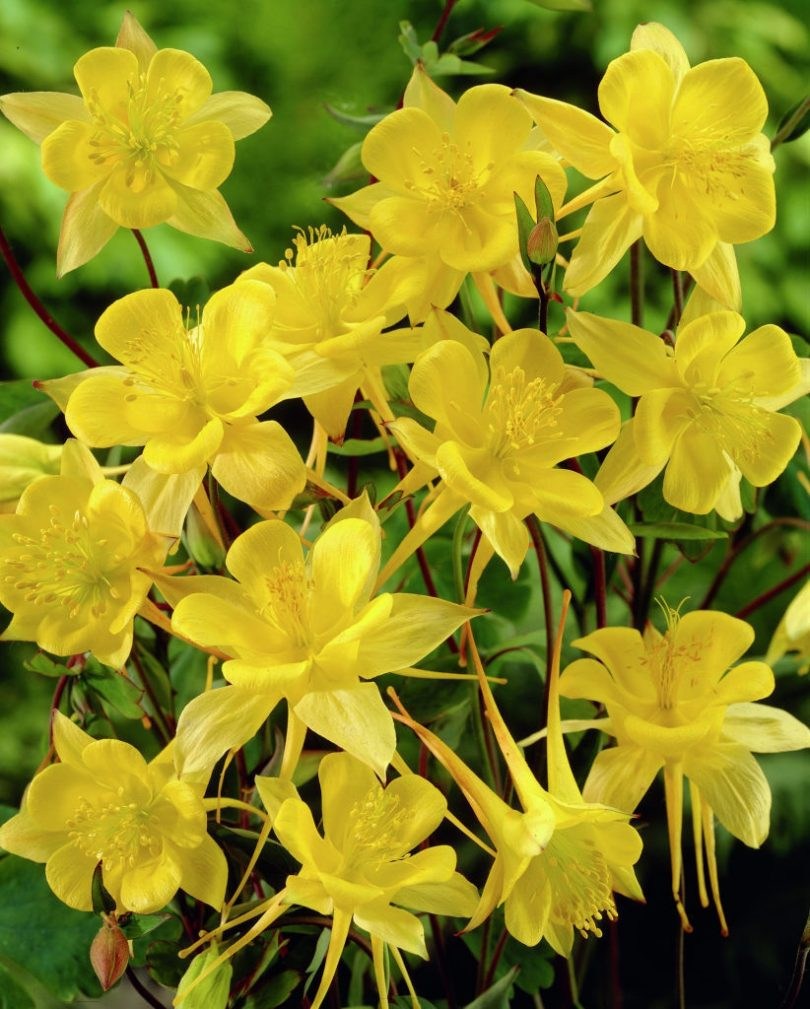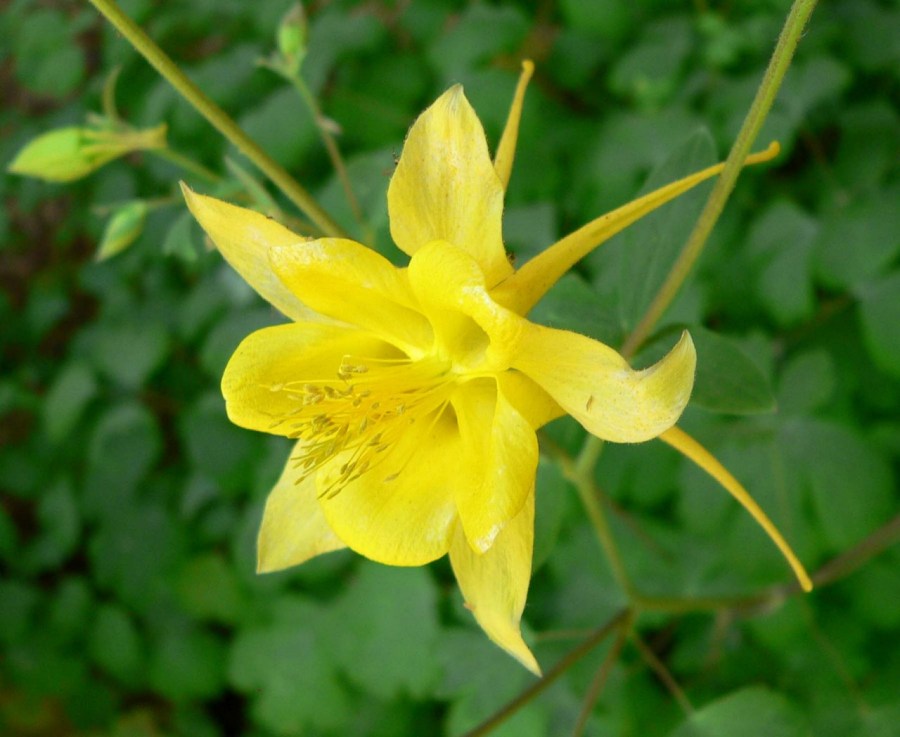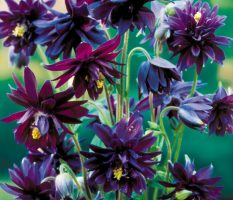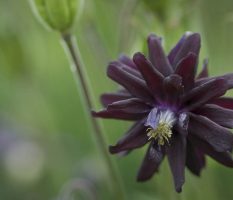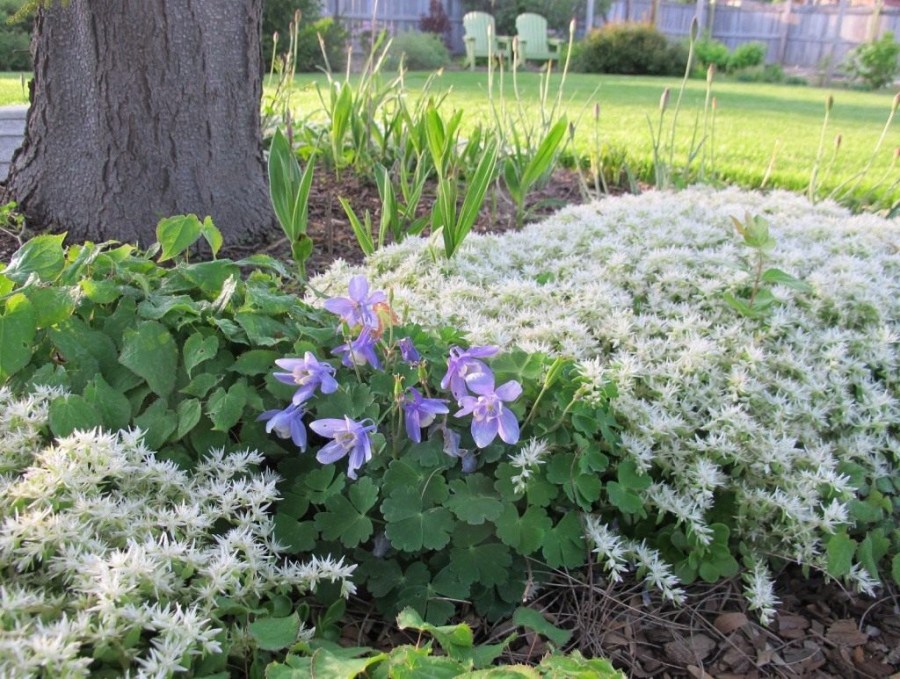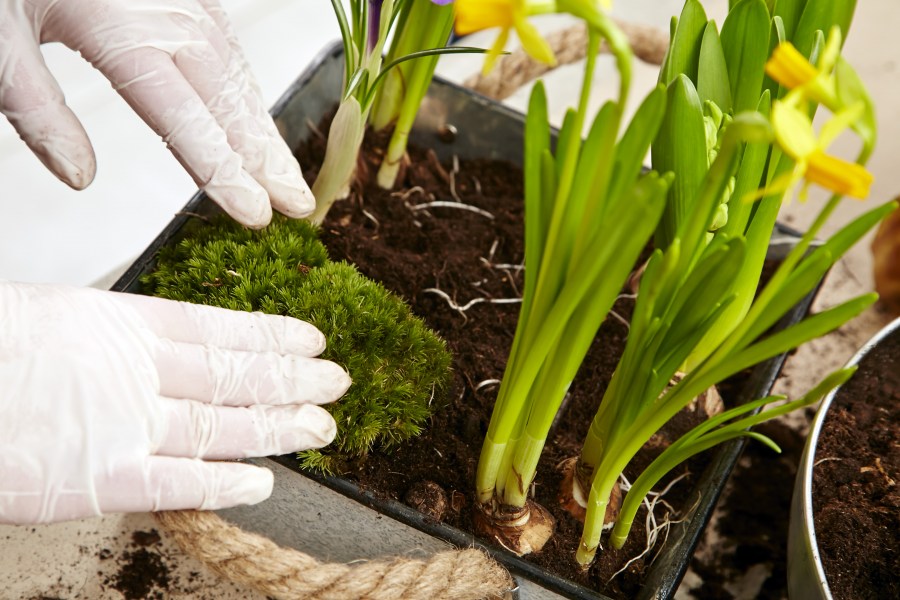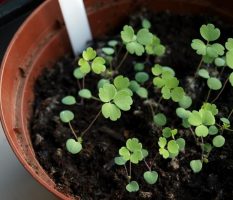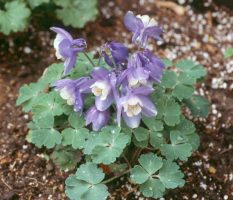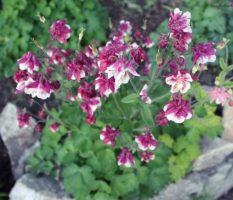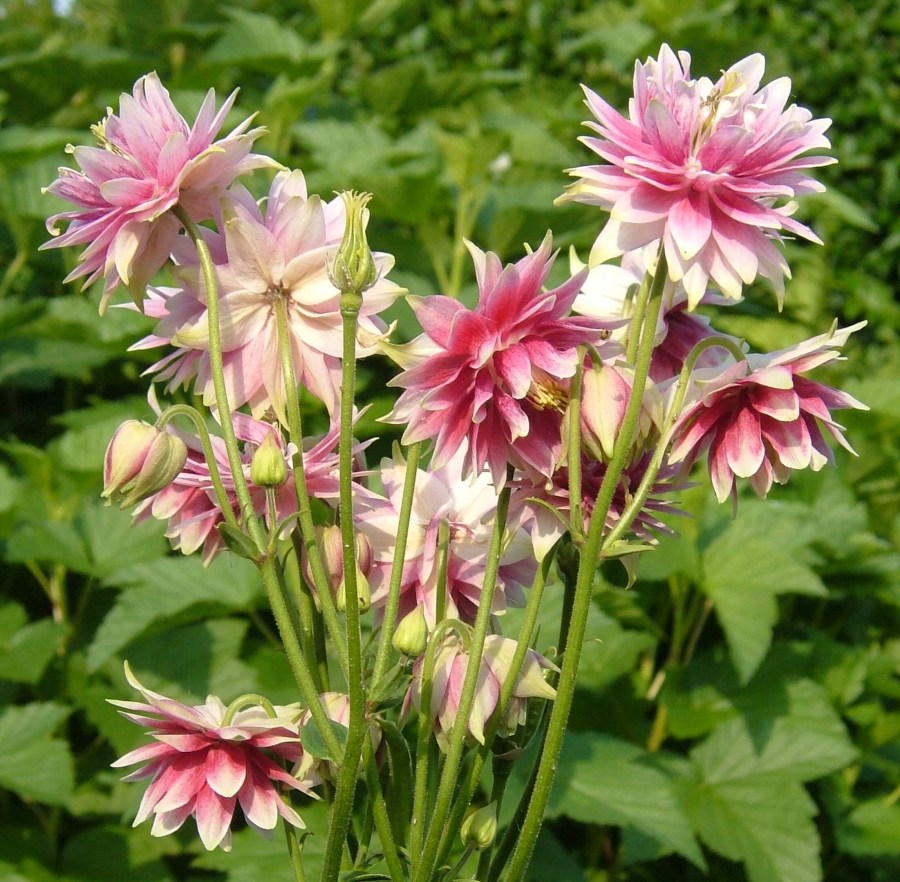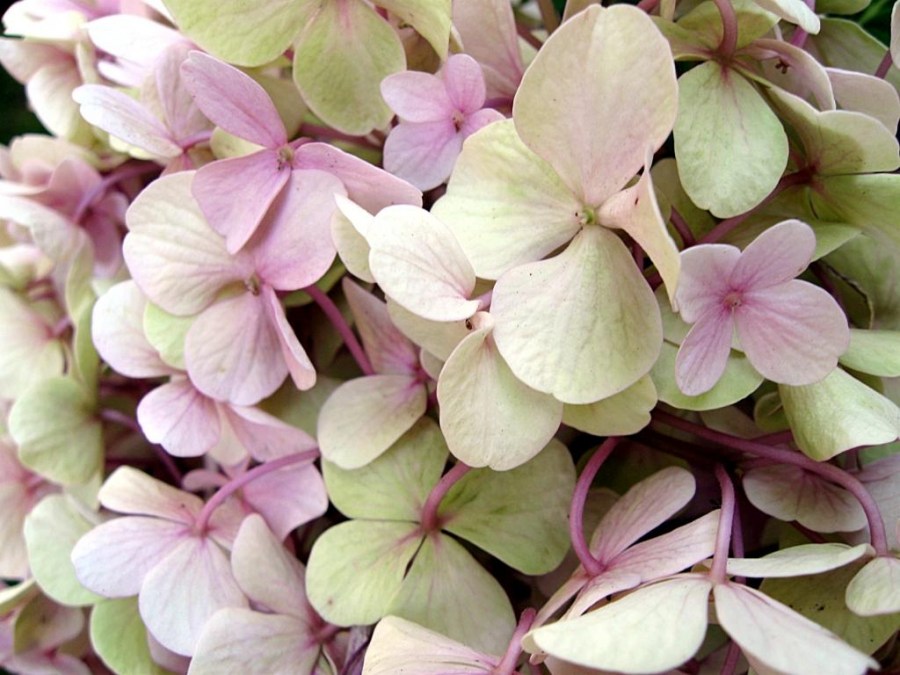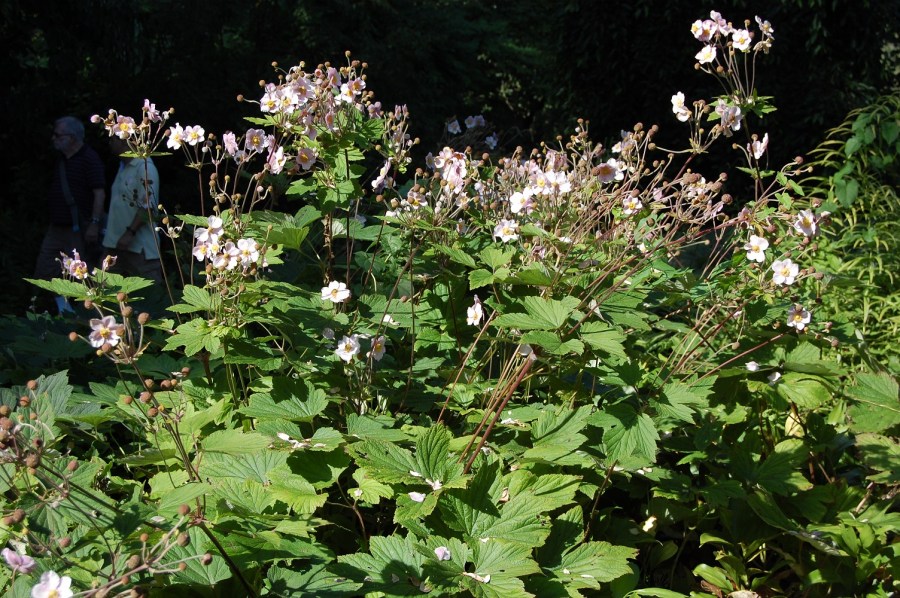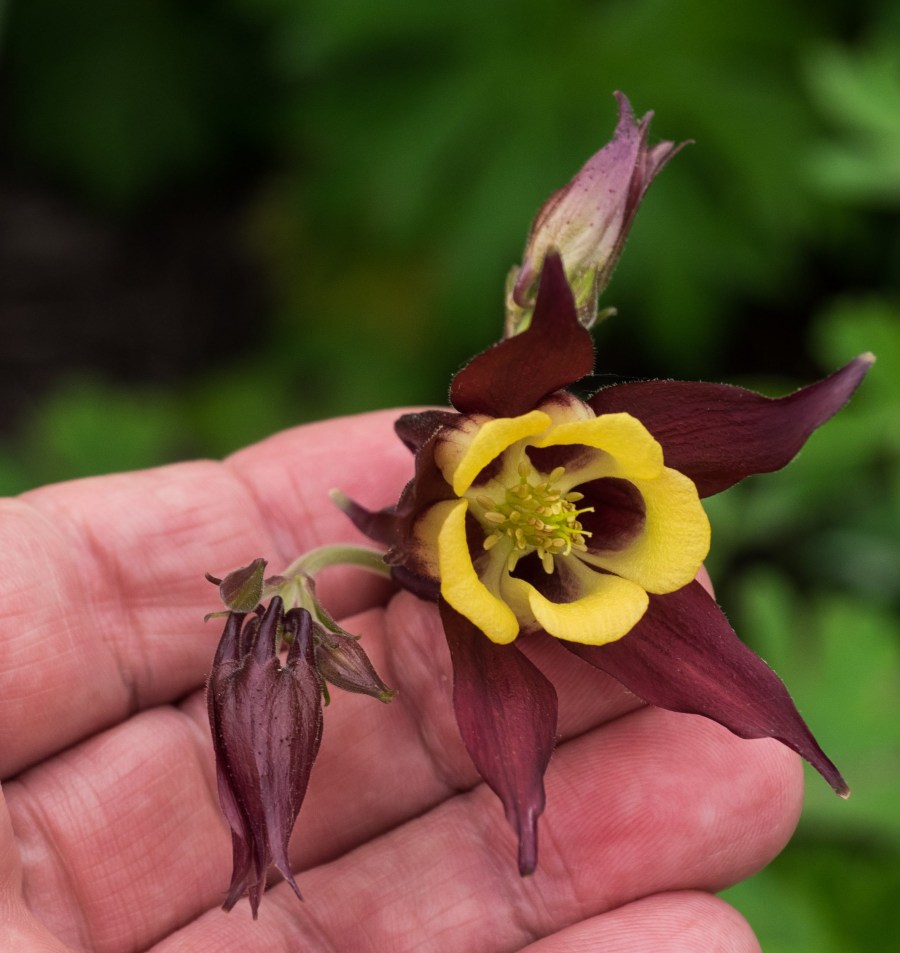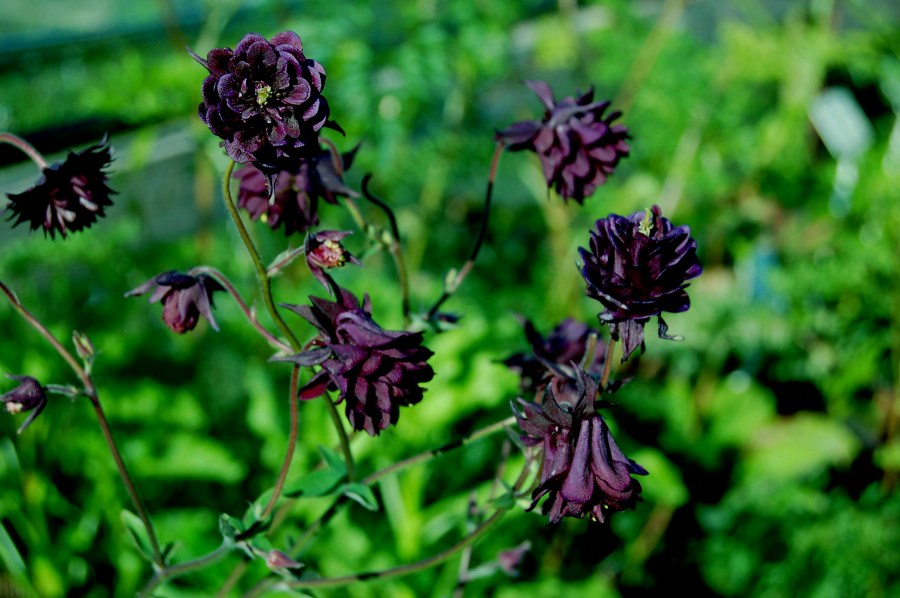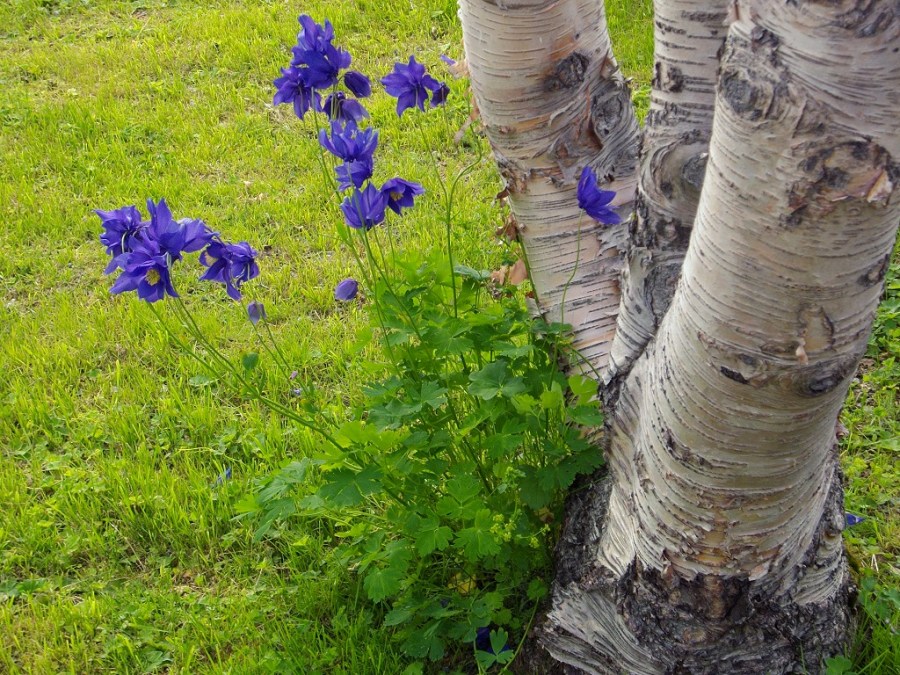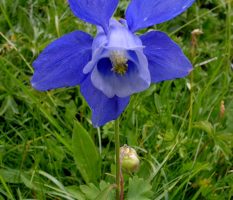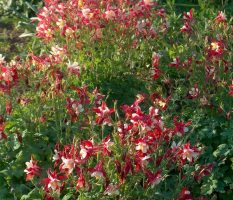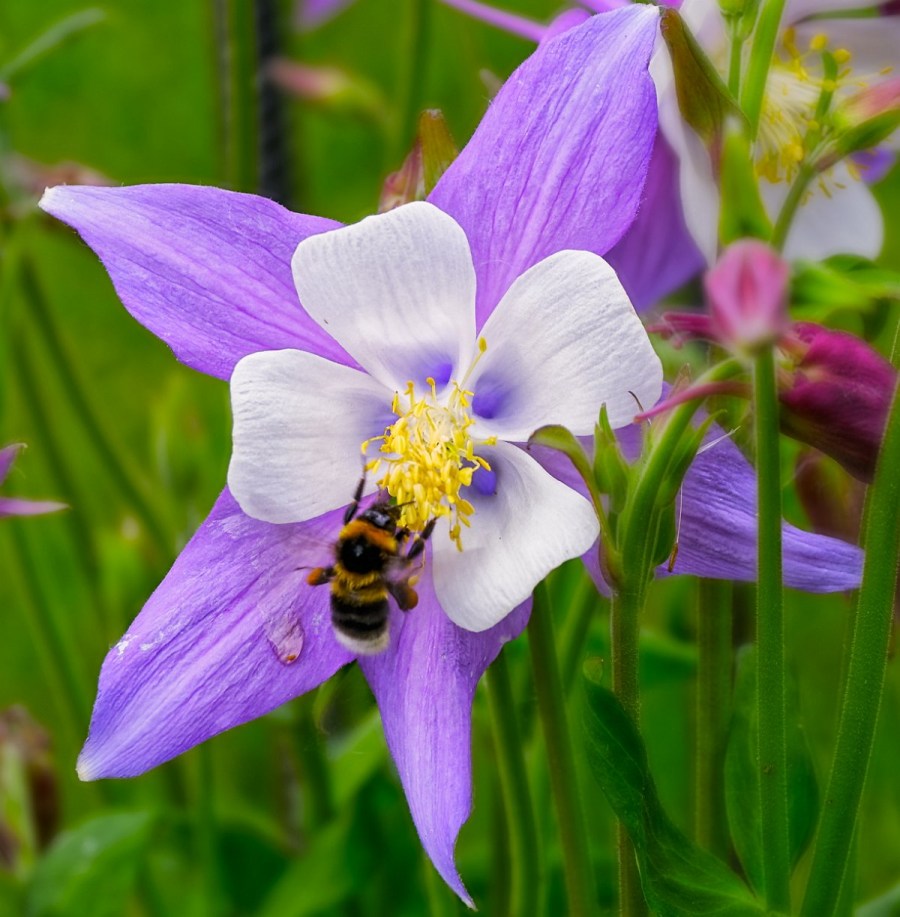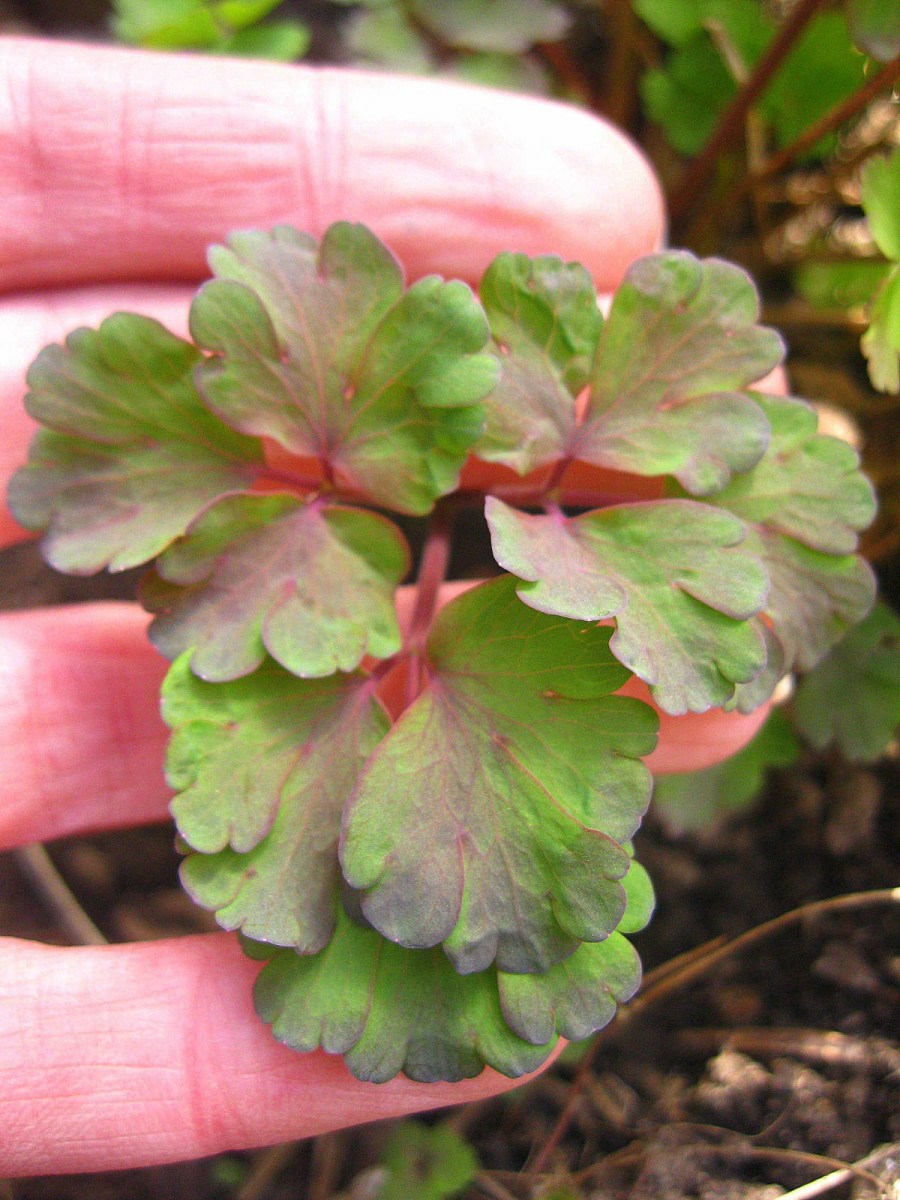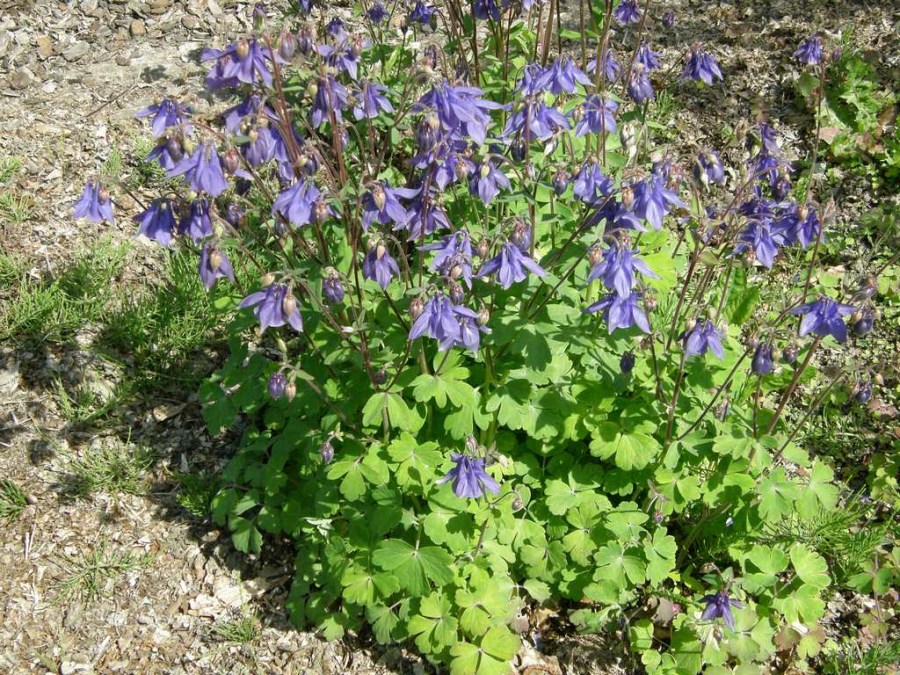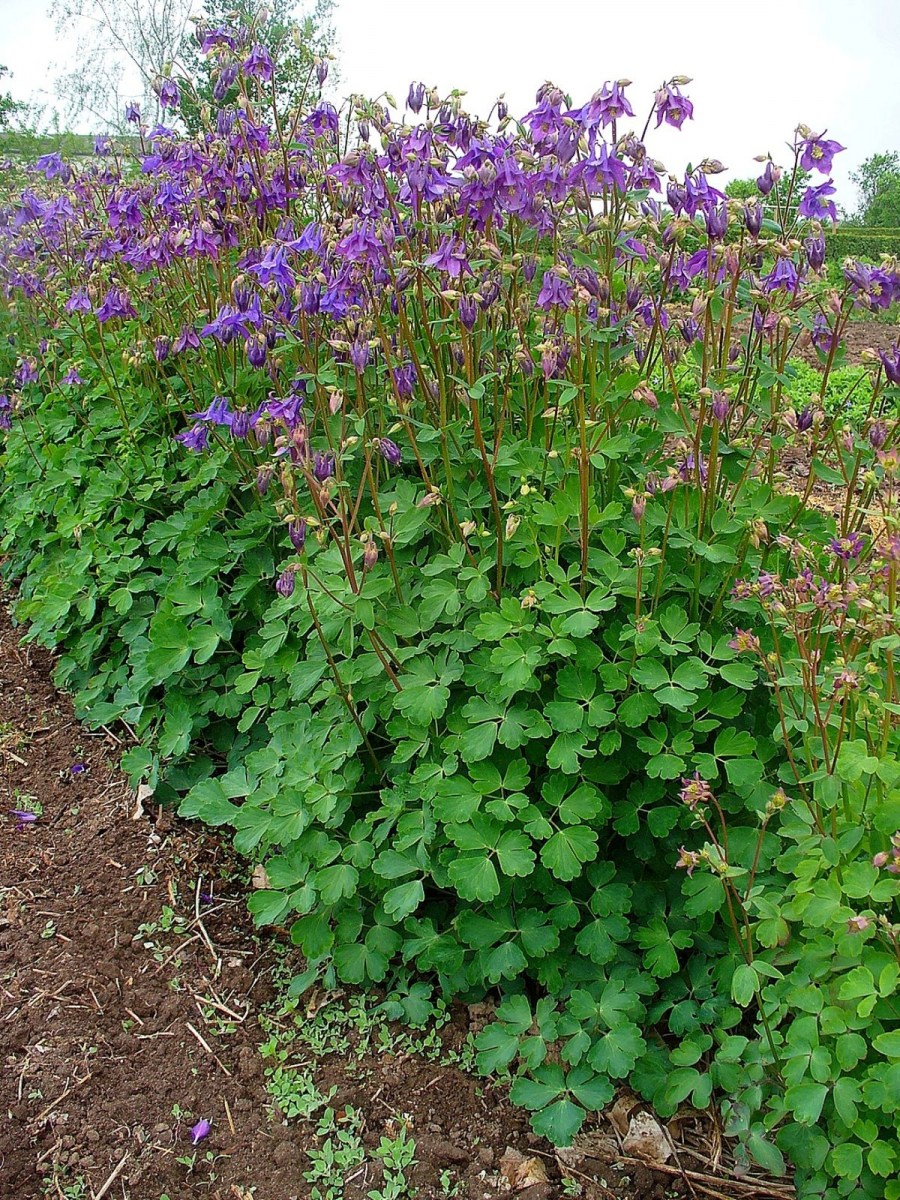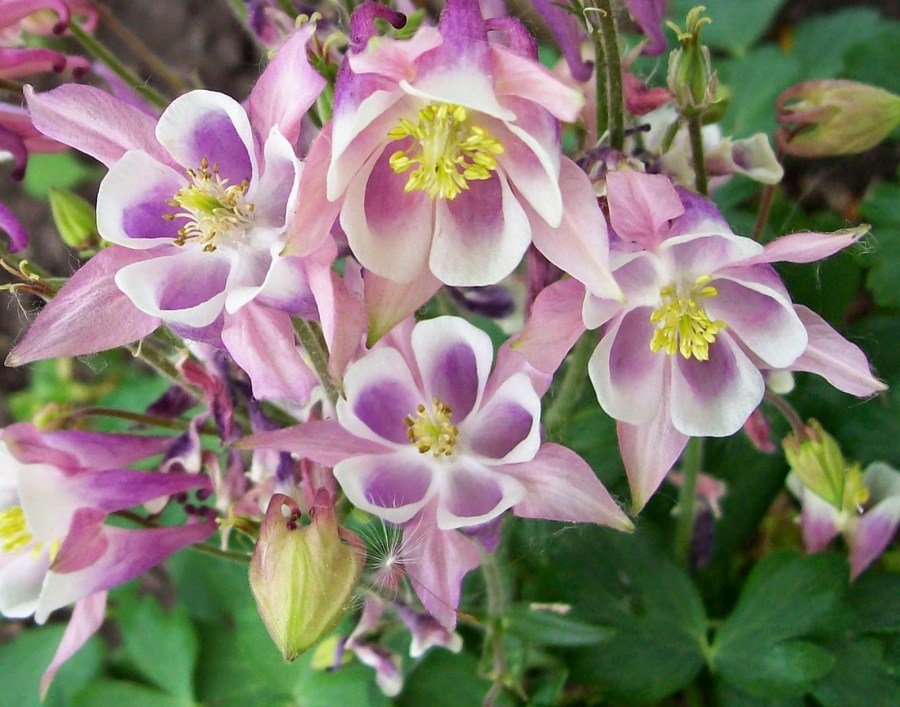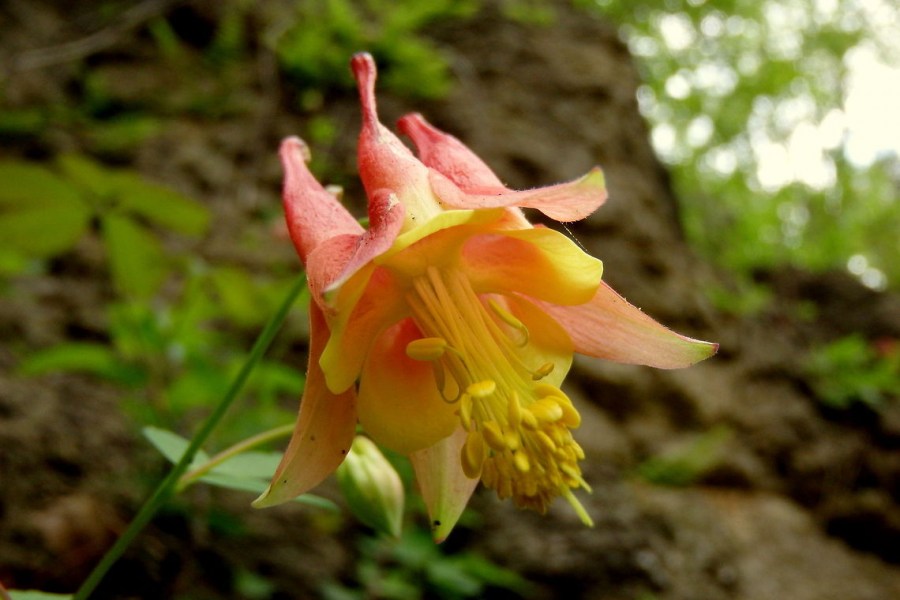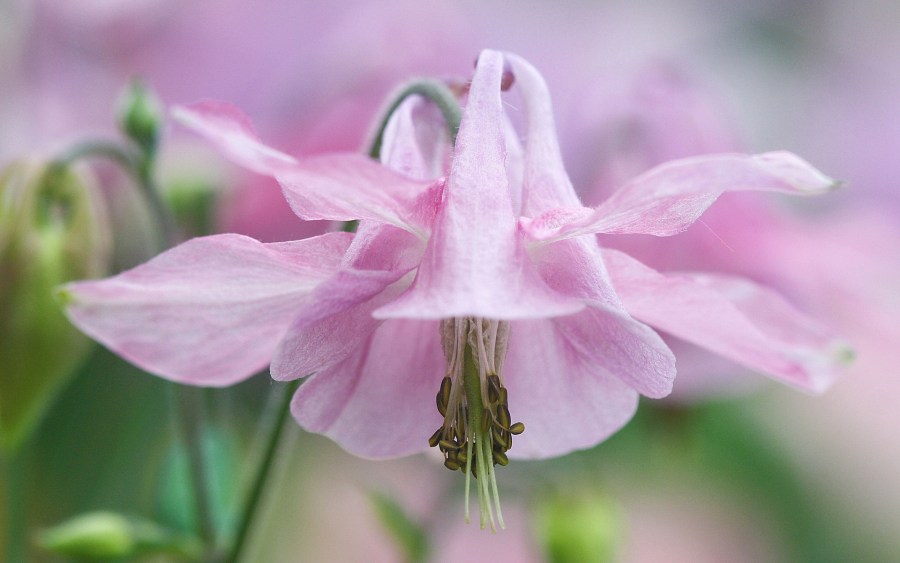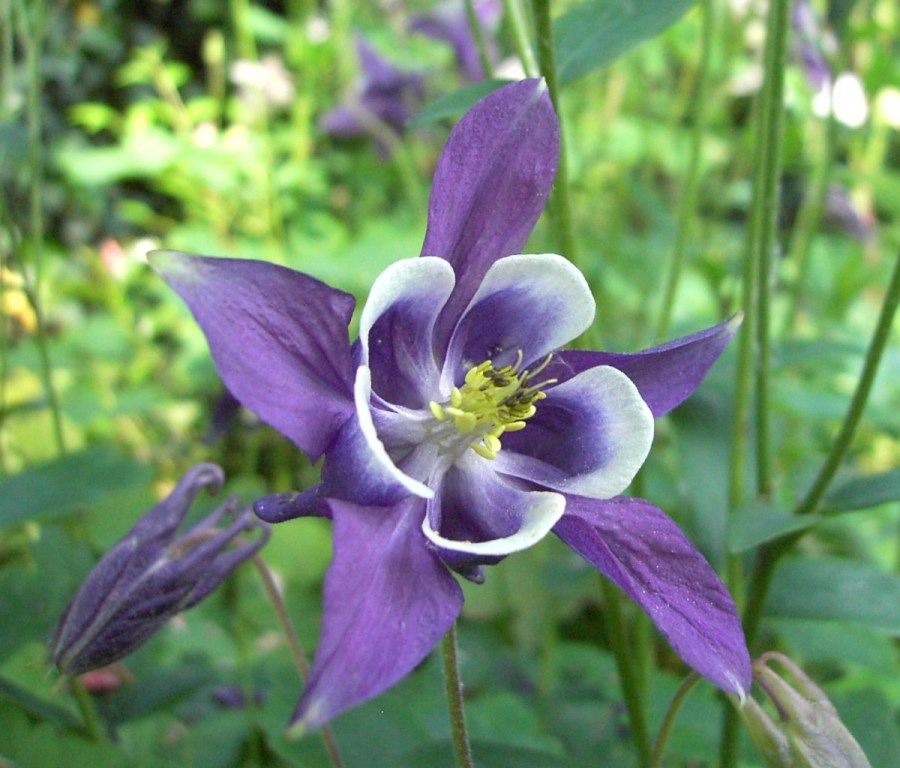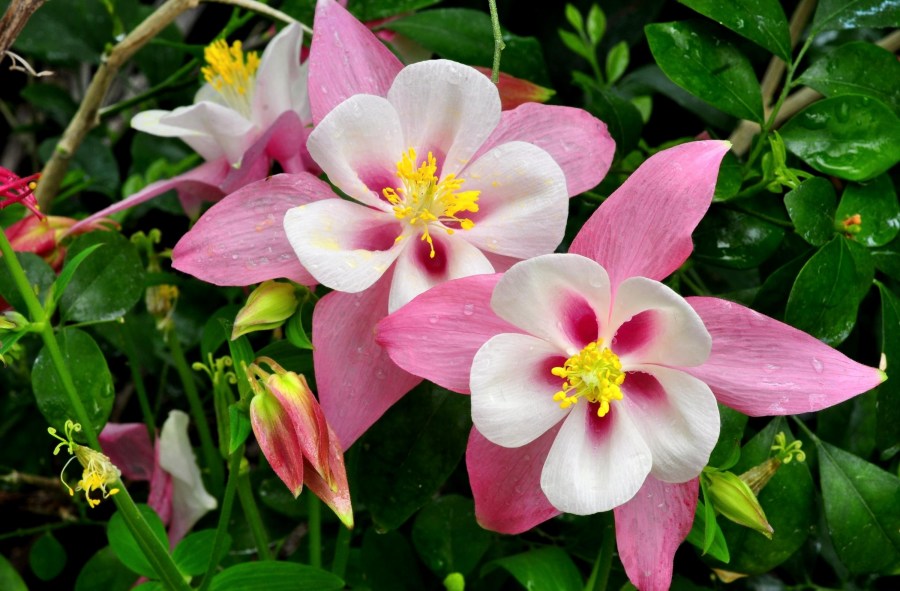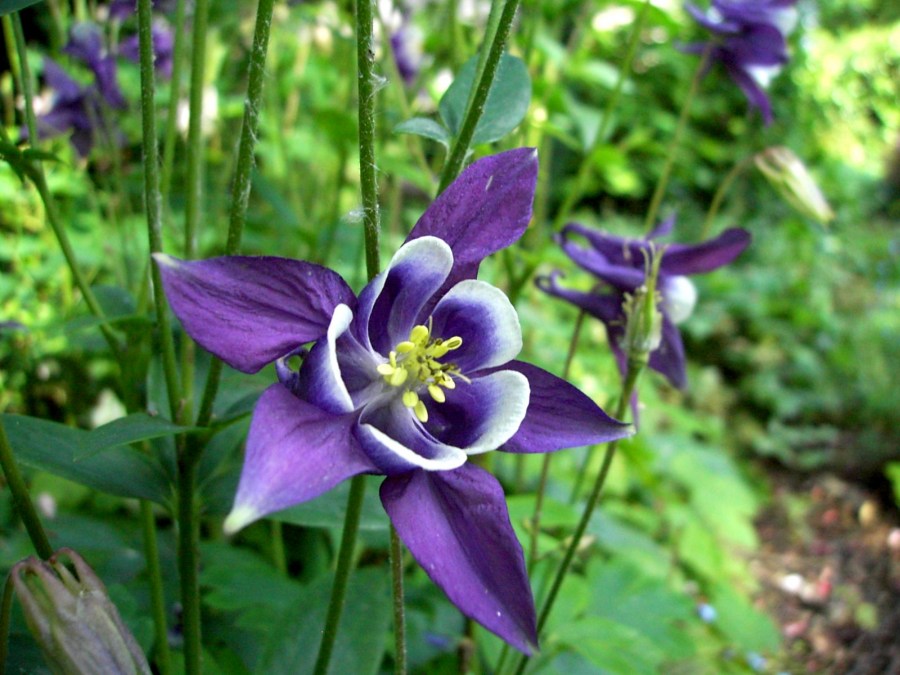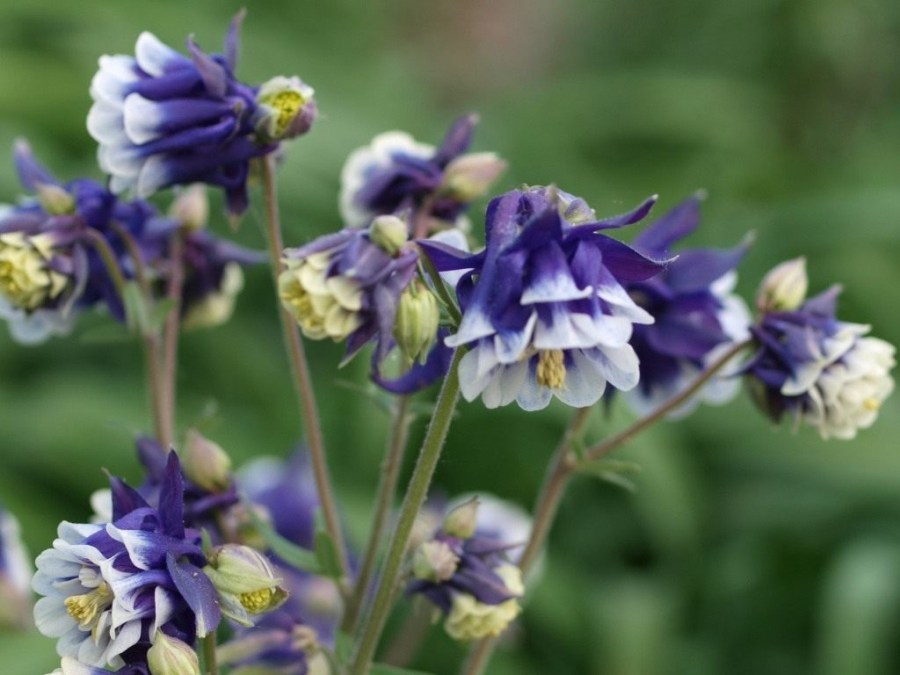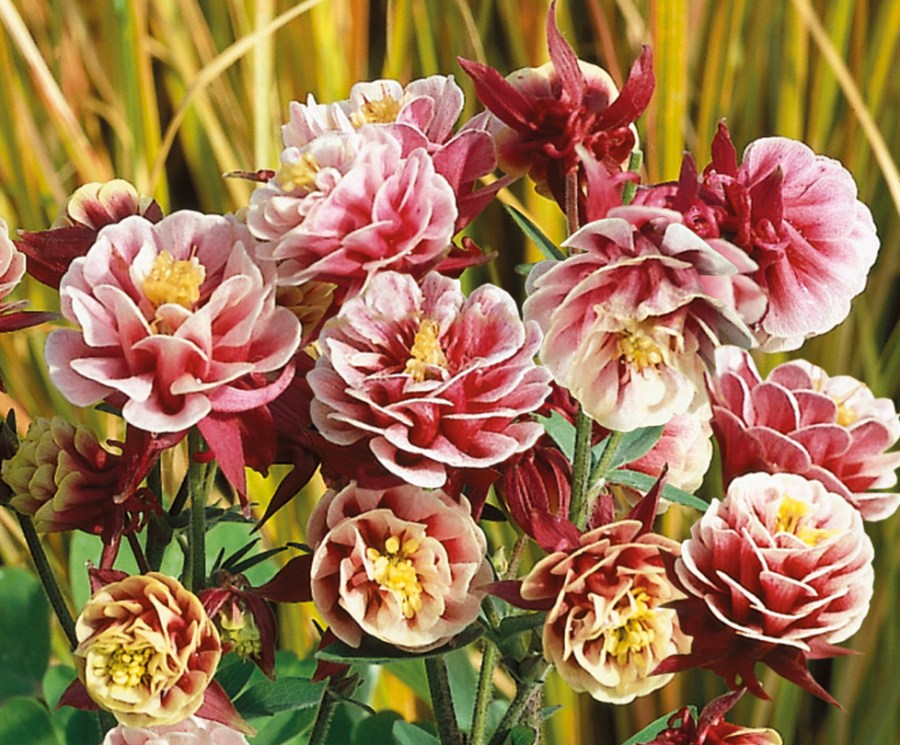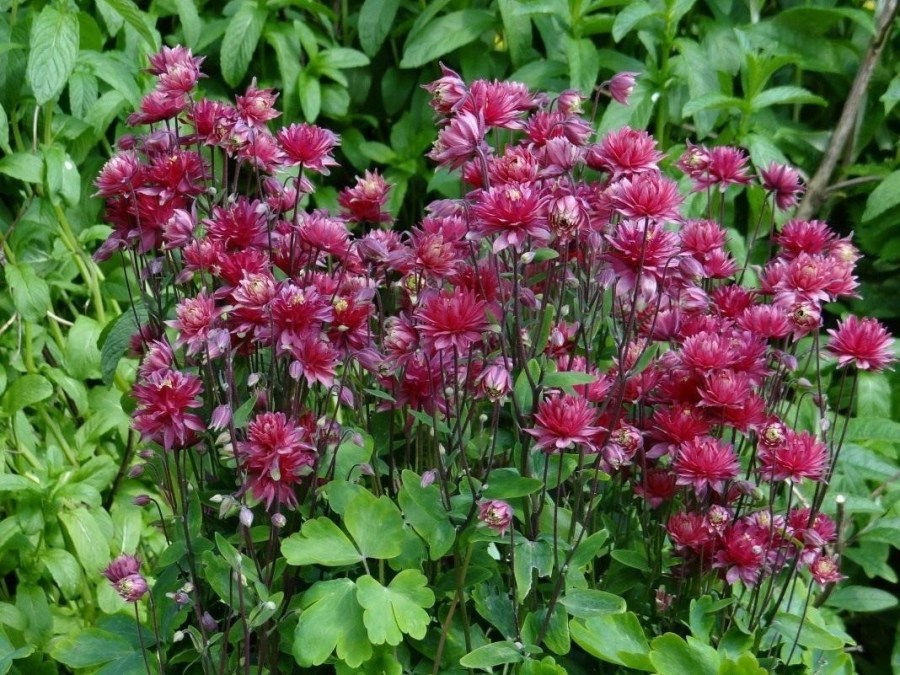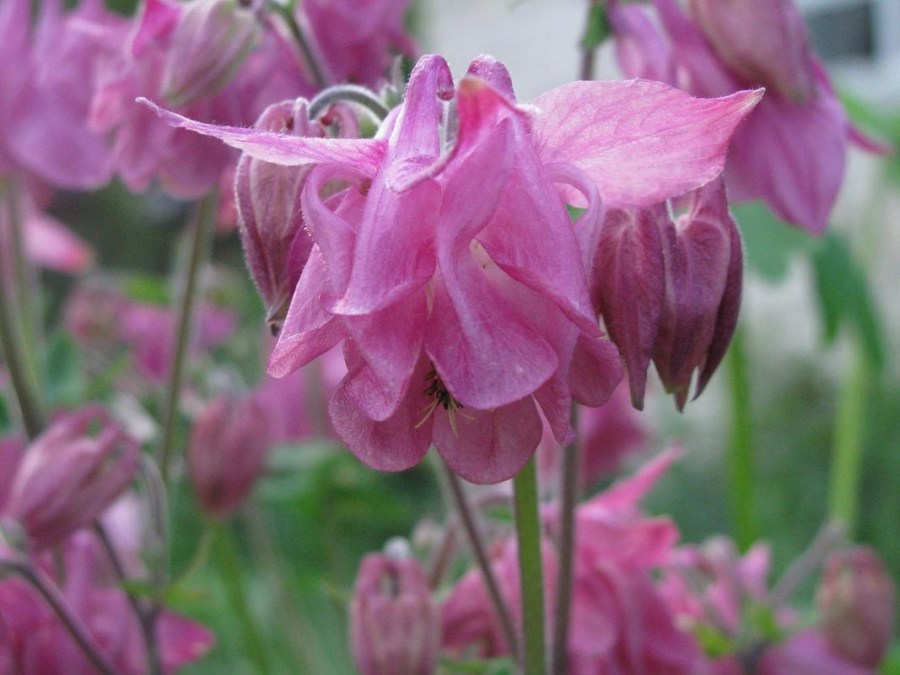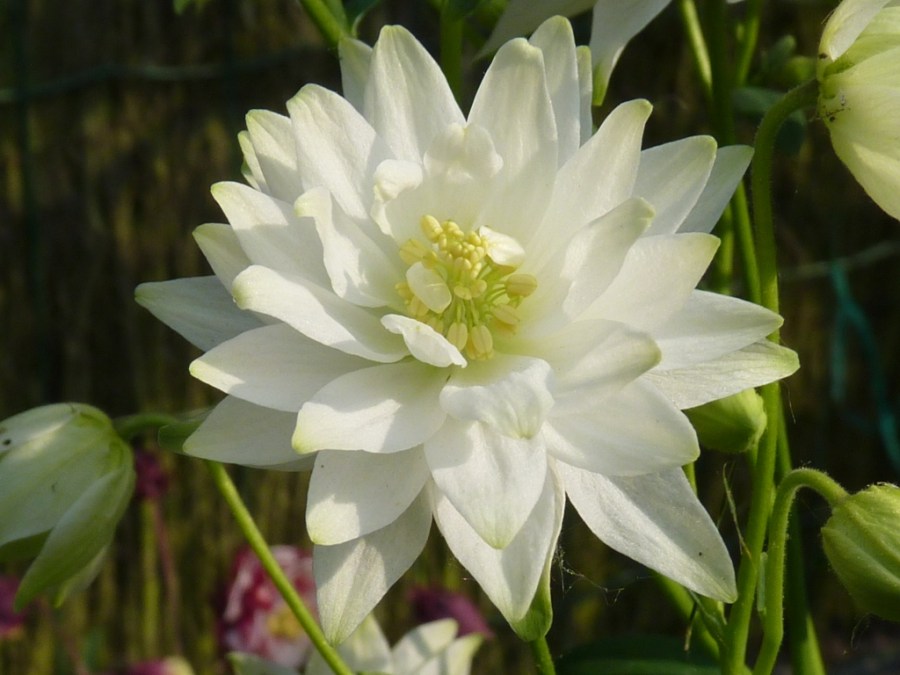Aquilegia - how to grow from seeds? Rules for planting and caring for flowers at home (105 photos)
Aquilegia or Colombina is a plant that has an airy appearance, with small rounded leaves and tall flower stems that hold flowers above the foliage. Aquilegia bells are popular with hummingbirds, bees and gardeners.
From mid-spring, flowers fill the void between the early spring bulbs and the peak garden season. They are associated with wooded gardens, but most of them are widely adaptable. Many of the species are native to areas throughout North America, from Canada to Texas.
Most aquilegia varieties will bloom for at least 4 weeks. They are stiffer plants than they appear, but they are usually short-lived perennials. Their seeds spread, staying in your garden for many years. You can see aquilegia in all its glory in the photo.
Leaves: Flat oval dark green leaves that turn red in the fall.
Flowers: each hanging, bell-shaped flower has 5 petals that open from the base, surrounded by a collar of 5 large sepals.
Long nectar spurs point back from the flowers. Petals and sepals come in different colors and combinations, in shades of light blue, pink, purple, red, white and yellow.
Botanical name: Aquilegia
Common name: columbine or watershed, or eagles
Endurance: USDA 3-9 frost resistance zones. Species are wildflowers characteristic of many areas of North America.
Exposure to the sun: They can handle direct sunlight in the spring, but need shade in the summer.
Mature size: Size can vary greatly by species. There are varieties of dwarfs, they do not grow higher than 10-15 centimeters than the higher varieties, which can reach 1 meter. In general, expect plants to be between 60 - 90 centimeters (h) x 15 - 30 centimeters (w)
Flowering period: Late spring to early summer. Aquilegia flowers last from 4 to 6 weeks, depending on the weather.
Species diversity
"Sunshine" - long flowering with large, fluffy, double pale yellow flowers. (60-70 cm).
“Songbird Mix” - colored flowers; white color paired with shades of blue, purple and violet (60-90 cm).
Texas Gold is a dense, thermal transfer hybrid with golden flowers.
Aquilegia bertolonii is a bluish-white compact alpine plant (15-20 cm).
Aquilegia canadensis - Pretty common red and yellow species (30-40 cm).
Aquilegia vulgaris plena - “Black Barlow” - Double, colorless, almost black-purple hue (70-80 cm).
Landscaping Flowers
Aquilegia feels natural in wooded and mountain gardens. Their thin fan-shaped foliage is a great contrast with ferns and Hosta, and since they hold their flowers high above the base of the plant, they blend well with other lovers of shade, such as Moroznik and Dizentra.
You can plant aquilegia in containers, but the flowers need regular watering.
Landing tips
Soil: Aquilegia adapts, but prefers acid pH of the soil from 5.0 to 6.0.
Planting aquilegia: you can start with seeds or plants.Seeds can be sown in spring, they need light to germinate, so just press on the surface of the soil and lightly cover the soil from above. Since Columbine is a perennial, it will take 2 years from planting the seeds for them to bloom.
If you germinate your seeds indoors, they will germinate better with some pre-cooling. Place the seeds in a refrigerator in a plastic bag with moist primer soil, 8-12 weeks before the last date of frost. Then cover them and move them to a warmer place.
Aquilegia seedlings should be planted in open ground with a crown at ground level. Water, funnel and mulch. New plants should be nourished with moisture until they are strong. You will find out when they begin to grow rapidly. Even then, keep your plants well-watered for dry periods.
Flower care
Watershed plants can be exposed to intense sunlight. They don’t like this combination of heat and dry soil, mulching will help with this.
Columbine will sow on its own, but new plants may not sprout if the summer gets too hot. Plants, as a rule, are short-lived, disappear within 3 years. Cut off the heads in time and save the seeds to sow in autumn or late spring.
Keep in mind that aquilegia species are easily pollinated among themselves. If you plant more than one variety, be prepared to see new colors and combinations.
Planting a garden is half the battle. From the day you plant your garden, it will take care that your flowers bloom and look good all summer. On the following pages we will cover some of the usual garden care routine you should be familiar with.
Most flowers benefit from the removal of faded flowers. This is called a "dead head." Flowers that repeat flowering will often dry out, this will stop only if old, dying flowers are removed. If they stay in the garden, they will go for seeds and stop producing flowers.
Even many flowers that bloom only once a season benefit from cutting bags of seeds, because the plant puts its energy in strengthening itself, and not for seed production. A good pair of garden secateurs will make a nice, clean cut.
Some exceptions to this rule are plants, such as Astilba or ornamental herbs that bloom only once, but continue to look attractive with their dried seeds.
Pests and problems
Leaf miners are the biggest problem. They dig tunnels inside the leaves and can quickly make an unpleasant mess. Cutting plants, after flowering, usually removes the problem. As Aquilegia does not usually retell, a haircut is the best way to control insect problems. The leaves will eventually fill again.
If the leaves of your plant look like someone was drawing a winding line, you have leaf miners. They are the larvae of various beetles, flies, moths and wasps.
An adult lays eggs on a leaf, and the larvae burrow and break through it, feed and leave a transparent mark where they were. If you look closely, you can often see a dark dot at the end of one of the stripes. This is a criminal at work.
If you see a whitish transparent spotting, it can also be a leaf miner. The harm from a spotted miner is often mistaken for some type of disease. The photo here is an okra leaf, but many plants are attacked by leaf miners.
Sheet care
Insecticides are rarely recommended to prevent colonization. Since the damage is mostly cosmetic, the method is to remove the affected leaves. This not only improves the appearance of the plant, but also gets rid of existing miners before they become adults and lay more eggs.
Since the tunnels along all the affected leaves are dead tissue, there is no reason to keep them on the plant. They will not improve in appearance.
If you know that a plant is susceptible to leaf miner every year, you can target adults. Before they lay their eggs, spray an insecticide aimed at them in early spring.
There are some systemic insecticides, pesticides that are absorbed by plants and spread throughout all tissues. Designed for use on leaves, however, most of them are quite strong, and some, for example, containing the ingredients acephate or imidacloprid, are prohibited in many areas. There are currently no systemic tools for non-commercial use used on edible plants without harm.
The best way to control leaf damage is to monitor the symptoms and treat them in advance, rather than removing the affected leaves and preventing further spread.
Photo Aquilegia
Flowerbed of bottles - 130 photos of creating an original flowerbed with your own hands
Hammock for a summer residence: 120 photos of hanging beds for a garden
Crafts from plastic bottles: 80 photos of creating a DIY decor
Join the discussion:
